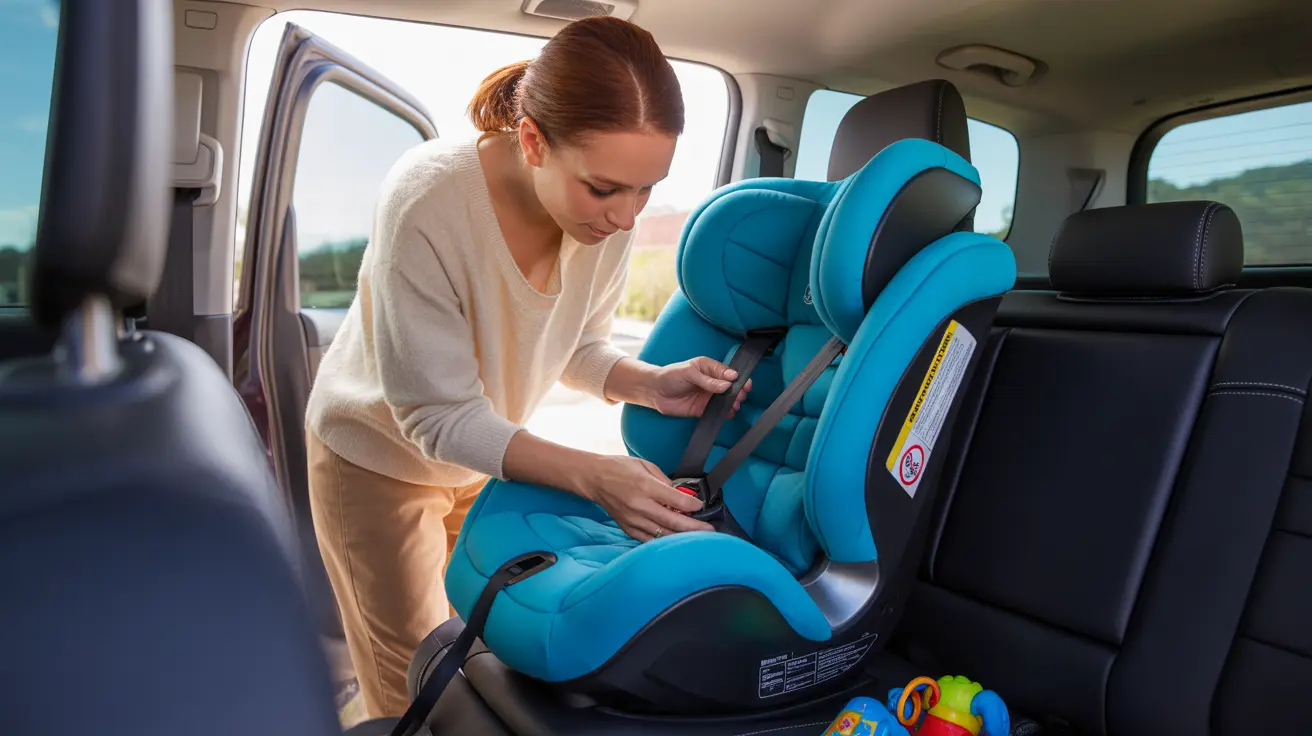Choosing the right forward-facing car seat is a crucial decision for your child's safety. As your toddler grows, understanding when and how to transition to a forward-facing car seat becomes essential for their protection during car rides. This comprehensive guide will help you navigate the selection process and ensure proper installation and use of forward-facing car seats.
Understanding Forward-Facing Car Seat Basics
Forward-facing car seats are designed to protect toddlers and young children who have outgrown their rear-facing seats. These seats feature a five-point harness system and additional safety features specifically engineered to protect children during various types of impacts and collisions.
When to Make the Transition
The transition from rear-facing to forward-facing car seats should never be rushed. The American Academy of Pediatrics (AAP) recommends keeping children rear-facing until they reach the maximum height or weight limit of their rear-facing car seat, which typically occurs around age 2-4 years.
Key Transition Guidelines
Before switching to a forward-facing position, ensure your child:
- Has reached at least 2 years of age
- Meets the minimum weight requirement (typically 22-30 pounds)
- Has not exceeded the height or weight limits of their current rear-facing seat
- Shows appropriate neck and head control
Selecting the Right Forward-Facing Car Seat
When choosing a forward-facing car seat, consider these essential factors:
Safety Features to Look For
- Strong five-point harness system
- Energy-absorbing foam
- Side-impact protection
- Steel-reinforced frame
- Easy-to-adjust headrest
Size and Fit Considerations
Choose a seat that:
- Fits your vehicle properly
- Accommodates your child's current height and weight
- Offers room for growth
- Provides comfortable padding and support
Proper Installation and Use
Correct installation is crucial for maximum protection. Always follow the manufacturer's instructions and these key steps:
Installation Steps
- Choose the appropriate vehicle seat location
- Secure the seat using either LATCH system or seat belt
- Check for proper recline angle
- Ensure less than one inch of movement at the base
- Position harness straps at or above shoulders
Maintaining Safety Standards
Regular maintenance and checks help ensure ongoing protection:
- Inspect straps and buckles monthly
- Clean according to manufacturer guidelines
- Check expiration dates
- Register your car seat for recall notifications
- Schedule professional installation checks when needed
Frequently Asked Questions
What are the safest forward-facing car seats for toddlers, and how do I choose the right one for my child?
The safest forward-facing car seats are those that meet or exceed federal safety standards and feature side-impact protection, energy-absorbing foam, and a five-point harness system. Choose one based on your child's height and weight, your vehicle's specifications, and ease of installation.
At what age or weight should I transition my child from a rear-facing to a forward-facing car seat?
Children should remain rear-facing until at least age 2, and ideally until they reach the maximum height or weight limits of their rear-facing seat. This typically occurs between ages 2-4, depending on the specific car seat model and your child's growth.
What are the proper steps for installing a forward-facing car seat to ensure maximum safety?
Proper installation involves securing the seat with either the LATCH system or vehicle seat belt, ensuring proper recline angle, checking for less than one inch of movement at the base, and positioning harness straps correctly at or above the shoulders.
How do I know if my child has outgrown their forward-facing car seat and is ready for a booster seat?
Your child has outgrown their forward-facing car seat when they reach either the maximum weight limit (typically 65-85 pounds) or their shoulders are above the highest harness position. Most children transition to booster seats between ages 4-7.
What are the most common safety mistakes when using forward-facing car seats, and how can I avoid them?
Common mistakes include loose harness straps, incorrect recline angles, improper chest clip position, and premature transitions. Avoid these by carefully following installation instructions, regularly checking harness tightness, and maintaining proper positioning of all safety components.




